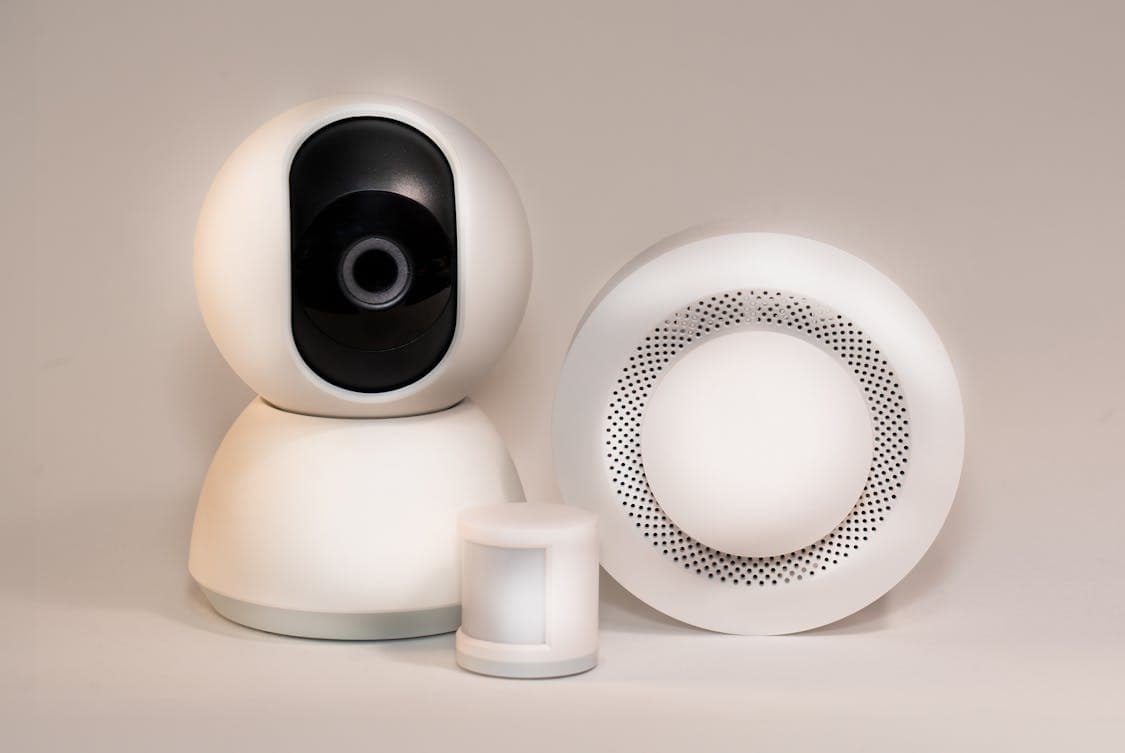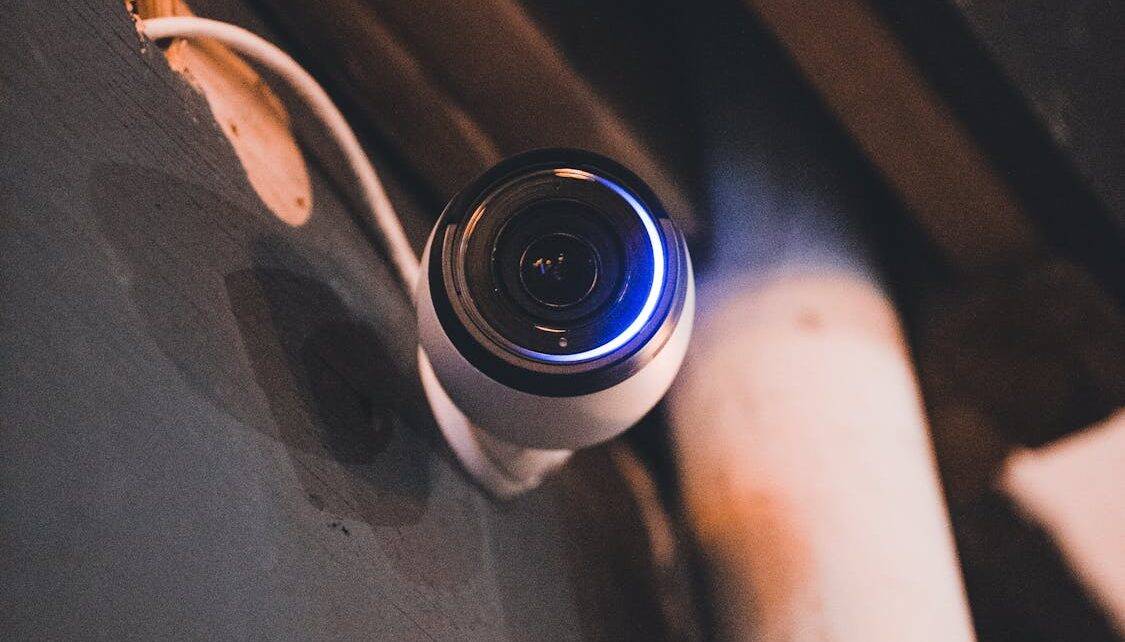Keeping an eye on what matters feels less like a chore when the camera you trust is smart and sensible. A modern security camera should do more than record; it should sift, sort, and signal in ways that save time and cut down on false alarms.
Technology moves quickly, yet simple, well-crafted features tend to have the most impact on daily life and long-term value. At the end of the day, a camera that works for you quietly, clearly, and reliably is worth its weight in gold.
1. AI-Powered Motion Detection
Modern motion detection goes beyond a binary tripwire and leans on machine learning to separate the wheat from the chaff. Rather than alerting every time a leaf flutters or a shadow passes, an AI-powered system analyzes shape, size, and trajectory to label events as human, animal, vehicle, or something else, cutting down on useless pings.
These systems often improve with time, learning the rhythms of a property so that routine movement stops triggering alarms while unusual patterns still raise flags; that learning curve means fewer interruptions and more actionable events.
Zones and sensitivity settings let users tailor monitoring to specific areas like a porch, driveway, or backyard, which keeps the camera focused where it matters most. In short, smart motion detection turns raw motion data into meaningful signals you can act on without flipping through hours of footage.
2. Clear Night Vision And Low-Light Performance
A camera that promises round-the-clock coverage must see well when light fades, and good low-light tech makes nighttime footage useful rather than grainy guesswork.
If you want dependable clarity after dark, the GuardHouse Watch Eye is designed to deliver sharp, detailed images even in low-light conditions, ensuring no moment slips by unnoticed.
Infrared illumination still plays a major role, offering black-and-white clarity at long distances, while modern sensors and lenses can capture color in dim conditions that older models would render murky. Dynamic range and noise reduction algorithms help preserve detail when bright lights and shadows coexist, so a license plate or face doesn’t dissolve into blur just because a porch lamp sits nearby.
Some units switch modes automatically and balance exposure across the frame, which reduces the need for manual fiddling and keeps important details sharp. Put simply, reliable night vision gives you confidence that the camera is watching even when you’re tucked up indoors.
3. Two-Way Audio With Noise Reduction

Talk-back capability changes a passive camera into an active tool you can use to greet guests, warn intruders, or soothe a nervous pet when you’re away. For that feature to be genuinely useful, the microphone and speaker need to handle background noise and feedback so voices stay clear and intelligible; otherwise short exchanges turn into static-filled shouting matches.
Echo cancellation and directional miking help isolate speech from wind or traffic, while adjustable volume and privacy modes let users tune the experience for quick chats or firm warnings. Combining two-way audio with event triggers means you can speak immediately when the camera detects a person, cutting response times and sometimes stopping trouble before it starts.
It’s an old saying that a firm word can do wonders; with clean two-way audio, your camera provides that word in real time.
4. Flexible Storage Options: Cloud And Local Backup
Having footage is one thing; storing it safely and retrieving it swiftly is another, and smart systems offer both cloud and local choices to cover different needs and budgets. Cloud storage provides off-site redundancy so footage survives theft of the hardware, and many services offer searchable clips and timeline views that make finding events quick and painless.
Local storage via SD card or networked drives keeps a continuous record without subscription fees, and hybrid setups can mirror critical clips to the cloud while keeping bulk files on-site to save bandwidth.
Encryption, access controls, and clear retention rules protect privacy and keep data manageable, letting owners set how long recordings live before they are overwritten. With multiple storage paths in play, users can pick a mix that balances convenience, cost, and control.
5. Smart Alerts And Person Recognition
Alerts are only helpful when they’re relevant, and person recognition aims to make notifications timely rather than annoying by flagging human presence separately from pets, debris, or leaves.
Advanced models do more than call out a silhouette; they analyze posture, gait, and context to reduce false positives and can prioritize messages when a person loiters or approaches a doorway at odd hours.
Custom rules and quiet hours let you tune the flow of alerts so critical events rise to the top while routine comings and goings stay out of your way.
Integration with mobile apps and home systems means a recognized person can trigger follow-up actions such as turning on lights, sending clips to a neighbor, or arming other sensors for a brief period. This tiered approach to notification turns raw detection into a workflow that respects your time and attention.


